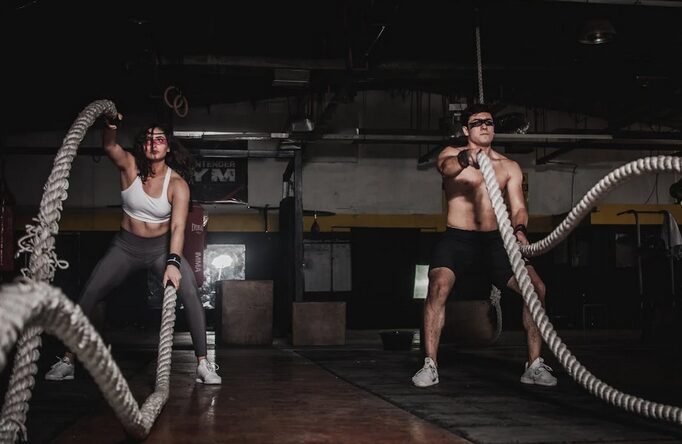
Bones are often overlooked until problems appear. They provide structure, protect organs, and store minerals. Strong bones are not just about avoiding fractures. They influence mobility, independence, and overall health. With age, bone density naturally declines, and the risk of osteoporosis increases. The good news is that exercise can slow this decline and even strengthen bone tissue.
The Role of Weight-Bearing Exercises
Weight-bearing workouts are movements that force the body to work against gravity. Examples include walking, running, climbing stairs, and dancing. These exercises place stress on the bones, which stimulates the formation of new tissue. Over time, this helps bones adapt and grow stronger. Unlike passive activities, weight-bearing routines provide a direct impact on skeletal health.
The Balance of Safety and Effectiveness

While stress on bones is necessary, too much can lead to injury. It is important to start gradually, especially for beginners or older adults. Proper technique and appropriate footwear make a difference. Consulting a healthcare provider before beginning a new program can provide guidance. The goal is to encourage bone development while keeping the risk of strain low. A safe approach ensures consistency, which is the key to results.
How Exercise Stimulates Bone Growth
When muscles pull on bones during activity, small amounts of stress occur. This stress signals the body to build more bone cells. The process is similar to how lifting weights builds muscle. Repeated stress, in safe amounts, ensures bones remain dense and durable. Without this stimulus, bones gradually weaken, leaving them fragile. This natural response to movement shows why physical activity is essential for long-term strength.
Different Types of Beneficial Workouts
Not all exercises have the same effect on bone health. High-impact activities like jogging or jumping rope create more stimulation for bone growth. Low-impact routines, such as brisk walking or using an elliptical machine, are gentler but still valuable. Strength training with weights or resistance bands also provides direct benefits by loading bones and muscles. Choosing a mix of activities helps create a unique balance that supports both density and flexibility.
Long-Term Benefits Beyond Bone Strength

Weight-bearing exercise is not just about preventing fractures. It also improves posture, balance, and coordination. These benefits reduce the risk of falls, which are a leading cause of bone injuries in older adults. Stronger bones also support better athletic performance and everyday movements. In the bigger picture, exercise promotes cardiovascular health, builds muscle strength, and improves energy levels. The connection between bone health and overall well-being is clear and powerful.
Exercise at Different Life Stages
Bone health is important at every age. For children and teenagers, regular weight-bearing activity helps maximize peak bone mass. The stronger the foundation early in life, the better the protection later on. For adults, workouts help maintain bone density during middle age when it naturally begins to decline. For older adults, exercise offers utmost importance in slowing loss and preserving independence. Each stage of life benefits in meaningful ways from consistent movement.
Bones deserve attention just as much as muscles or the heart. Weight-bearing workouts provide a proven way to keep them strong and resilient. They stimulate growth, improve density, and support overall health. With the right mix of safety, variety, and commitment, exercise becomes a powerful tool for preserving bone strength. Investing in these habits today helps ensure a healthier, more active life tomorrow.
